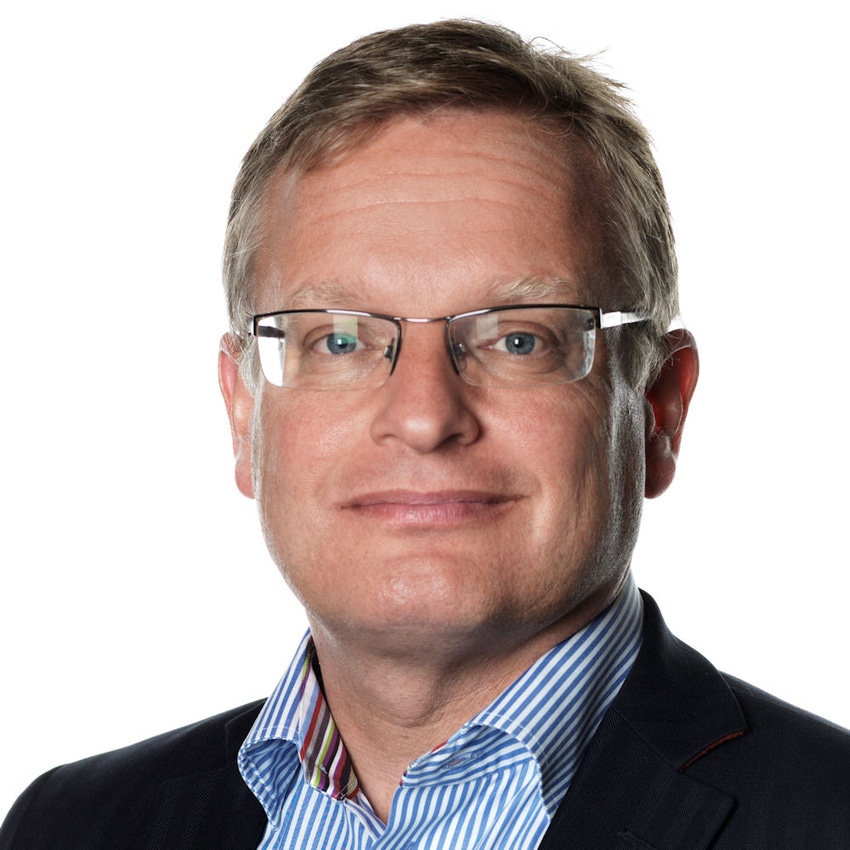Ericsson Q3 - 4G, 3G deployments offset US sales decline
Ericsson has reported a 3% year-on-year sales growth (after currency adjustment) for the third quarter of 2014, representing a 2% rise since the previous quarter. The Swedish network infrastructure vendor said growth was mainly fuelled by its Middle East, China, India and Russia businesses, but partly offset by declines in North America, where sales fell by -3% year-on-year.
October 24, 2014

Ericsson has reported a 3% year-on-year sales growth (after currency adjustment) for the third quarter of 2014, representing a 2% rise since the previous quarter. The Swedish network infrastructure vendor said growth was mainly fuelled by its Middle East, China, India and Russia businesses, but partly offset by declines in North America, where sales fell by -3% year-on-year.
“My view is that we had a pretty good quarter, strong top-line, of course helped by currency development. But also, if I exclude the impact of the currency [impact], we have growth of 3% year-on-year in the quarter,” Ericsson CFO Jan Frykhammar told Telecoms.com “We continued to improve the underlying earnings of the company, which is good. We also acquired a few companies in the cloud space. That is also important for us as that’s an area where we invest to be relevant, but also for future growth in the top-line.”
Frykhammar emphasised the fact that a large business with global operations is always vulnerable to currency fluctuation. “Of course the big talk has been around currency and currency impact, but that’s always going to be the case when you look at a company that has business in 180 countries [like Ericsson has], and when you have big swings between the Swedish krona and the predominant US dollar- because that’s where the biggest impact for us comes from.”
According to Frykhammar, Ericsson’s networking business is looking healthy with approximately 10% operating margin in the last five consecutive quarters. Following a period in 2011 until the beginning of 2013, when margins for the networking business were on decline, the company said it is now in a much better position. “We had a few year period where we were investing a lot in mobilisation in Europe for example, so we had lower operating margins [for networking]. So now it is really important to get to sustainable operating margins of about 10% [each quarter].”
At over 50% of total revenues, the network division remains the company’s biggest business, but over the years services have become increasingly important, contributing around 40% of sales. This is mainly due to growing demand from operators for a partner in managing changes in network architecture or implementation of new billing systems etc.
Looking forward to Q4 and the full year results, the North American market is causing Ericsson some concern as US operators focus on cash flow optimisation. “Obviously we have a strong position with all the telecom operators in the US but there has been a little bit more focus on cash flow and cash flow optimisation from our main customers in quarter three. That creates a little bit of an uncertainty for us because our business there to a great degree is Capex-led so of course if they are holding back a bit then that will impact us.”
But Frykhammar remains optimistic, and said that any slowing in the North American region can be offset by continuing demand created by 4G and 3G deployments in other markets.
“The fact is that operators in many countries are either building 3G services or 4G services. For me this shows the strength in our company as you can have a slightly slower quarter in a market such as North America but this can be offset by growth in India, growth in the Middle East or growth Russia.”
About the Author(s)
You May Also Like








.png?width=300&auto=webp&quality=80&disable=upscale)


_1.jpg?width=300&auto=webp&quality=80&disable=upscale)


.png?width=800&auto=webp&quality=80&disable=upscale)